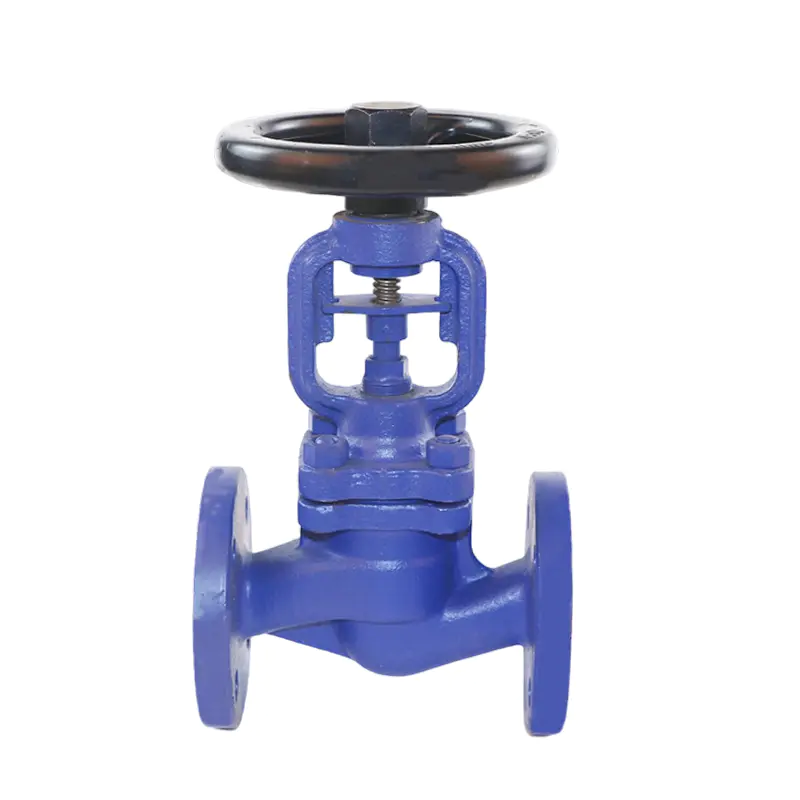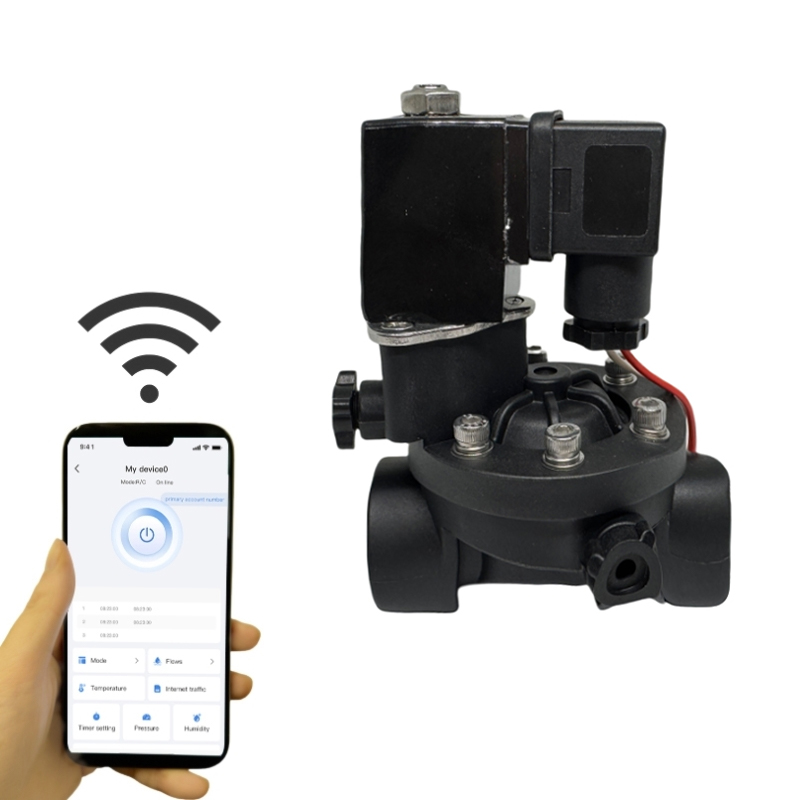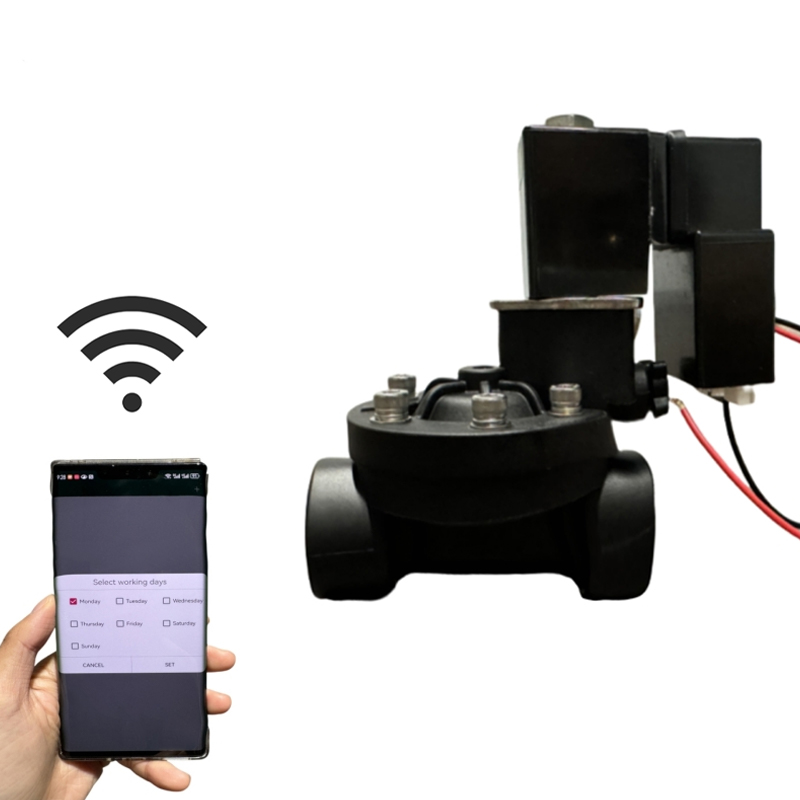Globe Valve
A globe valve is a type of linear motion valve used for stopping and starting flow, but it is primarily designed for throttling (regulating) flow. Its closure member (a plug or disc) moves perpendicularly to the seat.
Opening Process:
As the handwheel is turned, the valve stem rises, lifting the disc away from the valve seat. This creates an annular orifice between the disc and the seat, allowing fluid to pass through. The greater the lift, the larger the flow area.
Closing Process:
Turning the handwheel in the opposite direction lowers the stem, forcing the disc down onto the seat. Mechanical pressure from the stem creates a tight seal between the disc and seat surfaces, effectively shutting off the flow.
Flow Throttling:
By precisely controlling the height of the disc, the opening area can be finely adjusted, allowing for accurate regulation of flow rate. This is a key advantage of globe valves.
The flow path through a standard globe valve is not straight; it changes direction multiple times (typically an "S" pattern), which results in a relatively high pressure drop.



 English
English Español
Español


















